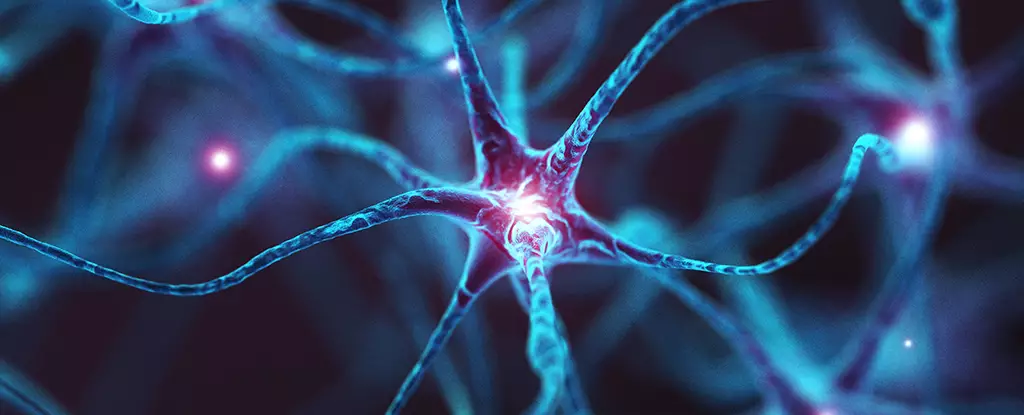The study of brain diseases is a complex and challenging field due to the interconnected and dynamic nature of the biological processes in our brains. Recent research has focused on shedding light on a key brain process that may be involved in Alzheimer’s disease. This new research delves into the interaction between the protein contactin-4 (CNTN4) and the amyloid precursor protein (APP), both of which play vital roles in neuronal network formation and the production of amyloid-beta peptides, respectively.
The Discovery of CNTN4’s Role in Neural Elongation
In experiments conducted on mice, a team of international researchers discovered that the interaction between CNTN4 and APP is crucial for the process of neural elongation. Neural elongation is essential for neurons to grow and connect properly. When the gene responsible for producing CNTN4 was disabled in the motor cortex of mice brains, which is important for voluntary movements, the researchers observed abnormal development in the neurons due to disrupted neural elongation. This finding highlights the significance of CNTN4 in controlling neural growth in the brain.
Further investigation using human cells grown in the lab revealed a complex relationship between CNTN4 and APP. Disabling CNTN4 production resulted in lowered levels of APP, suggesting a compensatory mechanism between the two proteins. This intricate interplay between CNTN4 and APP offers new insights into the developmental and neurodegenerative pathways associated with brain diseases like Alzheimer’s and autism.
Understanding the connection between CNTN4 and APP provides researchers with a valuable piece of the puzzle in unraveling the mechanisms underlying Alzheimer’s disease. Each new discovery in the biological processes associated with Alzheimer’s brings us closer to developing effective treatments or preventive strategies. The research team behind this study plans to further investigate the CNTN4-APP relationship to elucidate how their interactions impact neural activity. By delving deeper into this relationship, they hope to uncover additional clues for combatting neurodegenerative diseases.
The study of CNTN4 and APP has revealed a complex and intricate relationship that plays a significant role in neuronal development and connectivity in the brain. The findings from this research offer a promising avenue for future studies aiming to understand the broader implications of these proteins in neurodegenerative diseases like Alzheimer’s. With continued research and exploration into the CNTN4-APP interaction, scientists are hopeful that they will uncover new insights that could potentially lead to innovative therapeutic approaches for treating brain diseases.


Leave a Reply